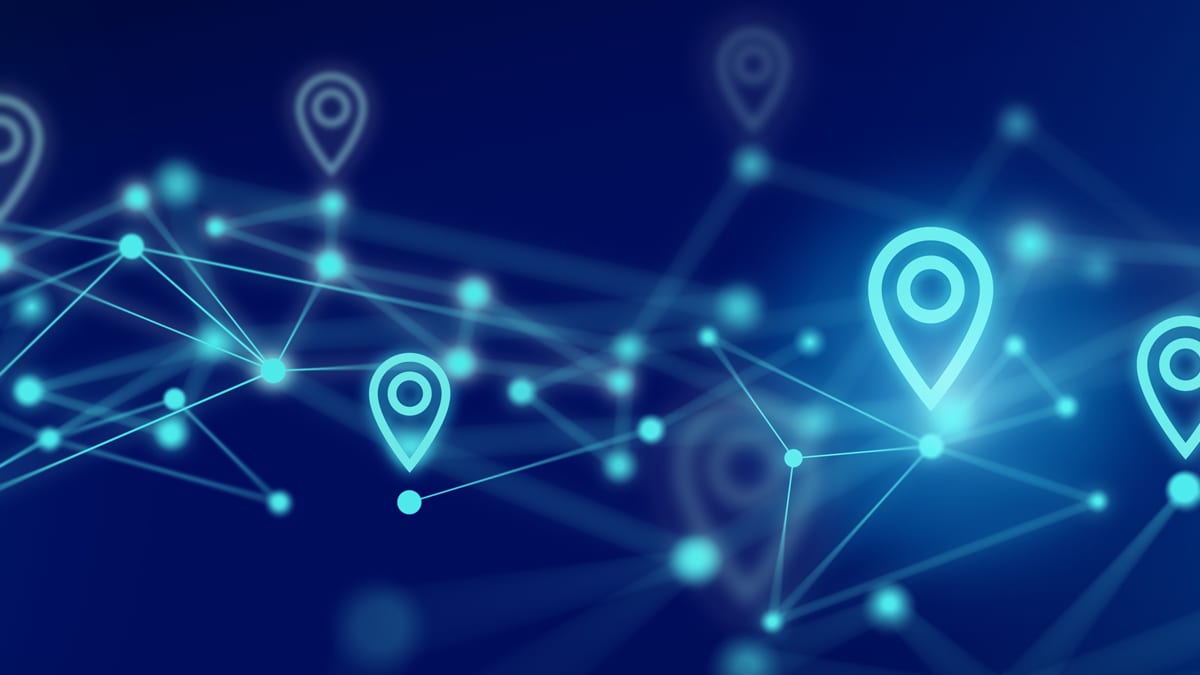At a glance
CDC conducts case surveillance through the National Notifiable Diseases Surveillance System (NNDSS). NNDSS receives, processes, and provides data on national notifiable diseases to programs across CDC. For general guidance on NNDSS reporting, visit the NNDSS Technical Resource Center. For guidance reporting nationally notifiable STIs to CDC through NNDSS using Message Mapping Guides (MMGs), view the resources below.

Onboarding Process and Files
Getting Started
This quick guide includes:
- Recommendations from the CDC STD Program
- Descriptions of how onboarding data are evaluated
- Lessons learned from onboarding experiences
Three File Types are Needed for Onboarding
MMGs
MMGs contain instructions on how to create electronic HL7 case notifications for national notifiable infectious diseases or conditions. Nationally-notifiable STDs other than congenital syphilis are composed of data elements specified in the Generic and STD MMGs. Congenital syphilis messages are composed of data elements specified in the Generic and Congenital Syphilis MMGs.
Crosswalk Files
While many data elements in a NETSS message have a direct equivalent in an HL7 message, this is not always the case. The crosswalk files show the relationship between the data elements defined in the NETSS Implementation Plan for STDs to those defined in the Generic, STD, and Congenital Syphilis MMGs.
Data Prioritization Files
MMGs list data elements that make up a case notification. Some are required by the STD Program, some are optional, and others are not relevant to STD messages. These files provide program-specific priority levels for all data elements needed when reporting nationally-notifiable STDs.
